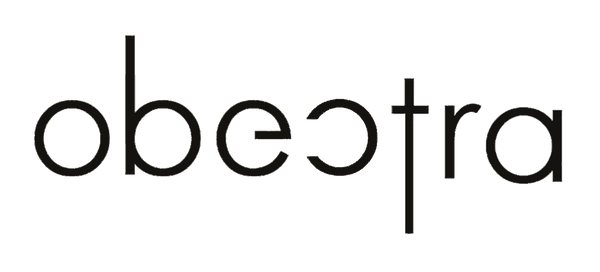Real leather benefits
Real leather has long been revered for its exceptional qualities, setting it apart as a premier material in the fashion, furniture, and accessory industries. As the popularity of vegan leather continues to rise, it's crucial to explore the unmatched benefits of real leather and understand why it remains the superior choice for discerning consumers.
Leather has been a sought-after material for centuries due to its durability, luxurious feel, and timeless appeal. However, the rise of ethical and environmental concerns has led to the development of alternative materials such as vegan leather, which aims to replicate the look and feel of real leather without the use of animal products. In this article, we will compare and contrast real leather with vegan leather, examining their characteristics, environmental impact and ethical considerations.
Real leather is made from the hide of animals, with the most common sources being cattle, sheep, and goats. It is a natural material prized for its durability, breathability, and unique patina that develops over time. The quality of real leather is often determined by the type of animal hide, tanning process, and overall craftsmanship.
For those who appreciate style, leather goods offer a timeless allure that effortlessly complements any fashion sensibility. Whether it's a sleek leather wallet, a classic pair of leather shoes, or a luxurious leather briefcase, these items exude an understated elegance that transcends passing trends. The versatility of leather allows it to seamlessly transition from casual to formal settings, making it an indispensable element of any discerning wardrobe.
Pros of Real Leather:
1. Durability: Real leather is known for its exceptional durability and longevity. High-quality leather products can last for decades when properly cared for, while vegan leather made from plastic materials may not withstand wear and tear as effectively over time.
2. Natural Origin: Real leather comes from animal hides, and its natural origins give it a unique and authentic quality that cannot be fully replicated by synthetic materials. The texture, grain patterns, and aging process of real leather contribute to its timeless and luxurious appeal.
3. Sustainability: While the leather industry has environmental considerations, sustainable practices such as responsible sourcing, eco-friendly tanning processes, and the use of by-products help minimize its environmental impact. Additionally, real leather products are often long-lasting, reducing the need for frequent replacements and contributing to a more sustainable approach to consumption.
4. Biodegradability: Real leather is a natural material that biodegrades over time, whereas many vegan leather alternatives made from plastic materials are not biodegradable and can contribute to environmental pollution at the end of their lifespan.
5. Craftsmanship: Real leather products often require skilled craftsmanship and attention to detail, resulting in high-quality, artisanal items that showcase the artistry and expertise of leatherworkers. Vegan leather made from plastic materials may not offer the same level of craftsmanship and artisanal quality.
It's important to note that the choice between real leather and vegan leather depends on individual preferences, ethical considerations, and environmental concerns. While real leather offers unique qualities that are valued by many, advancements in sustainable and innovative materials may continue to shape the landscape of alternative leather options in the future.
Vegan Leather:
Vegan leather, also known as faux leather or synthetic leather, is a man-made alternative to real leather, designed to mimic its look and feel using synthetic materials. Common sources of vegan leather include polyurethane (PU) and polyvinyl chloride (PVC), as well as innovative materials such as pineapple leaves, cork, and apple peels.
Pros of Vegan Leather:
1. Cruelty-Free: Vegan leather provides an ethical alternative to traditional leather, as it does not involve the use of animal products, making it suitable for those who are concerned about animal welfare.
2. Environmental Impact: Some forms of vegan leather are more sustainable than real leather, especially those made from recycled materials or innovative plant-based sources.
3. Affordability: Vegan leather products are often more affordable than real leather, making them accessible to a wider range of consumers.
Cons of Vegan Leather:
1. Durability: While advancements have been made in the durability of vegan leather, it may not match the longevity of high-quality real leather products.
2. Environmental Concerns: Some forms of vegan leather, particularly those made from PVC, can have negative environmental impacts due to the use of non-biodegradable and potentially toxic materials.
3. Aesthetics: The texture and patina of vegan leather may not fully replicate the natural beauty and aging process of real leather, leading to a different visual and tactile experience.
In conclusion, the choice between real leather and vegan leather ultimately depends on individual preferences, ethical considerations, and environmental concerns. While real leather offers unparalleled durability and a timeless aesthetic, it is important to acknowledge the environmental and ethical implications of its production.
#veganleather #realleather #discussion #fauxleather
